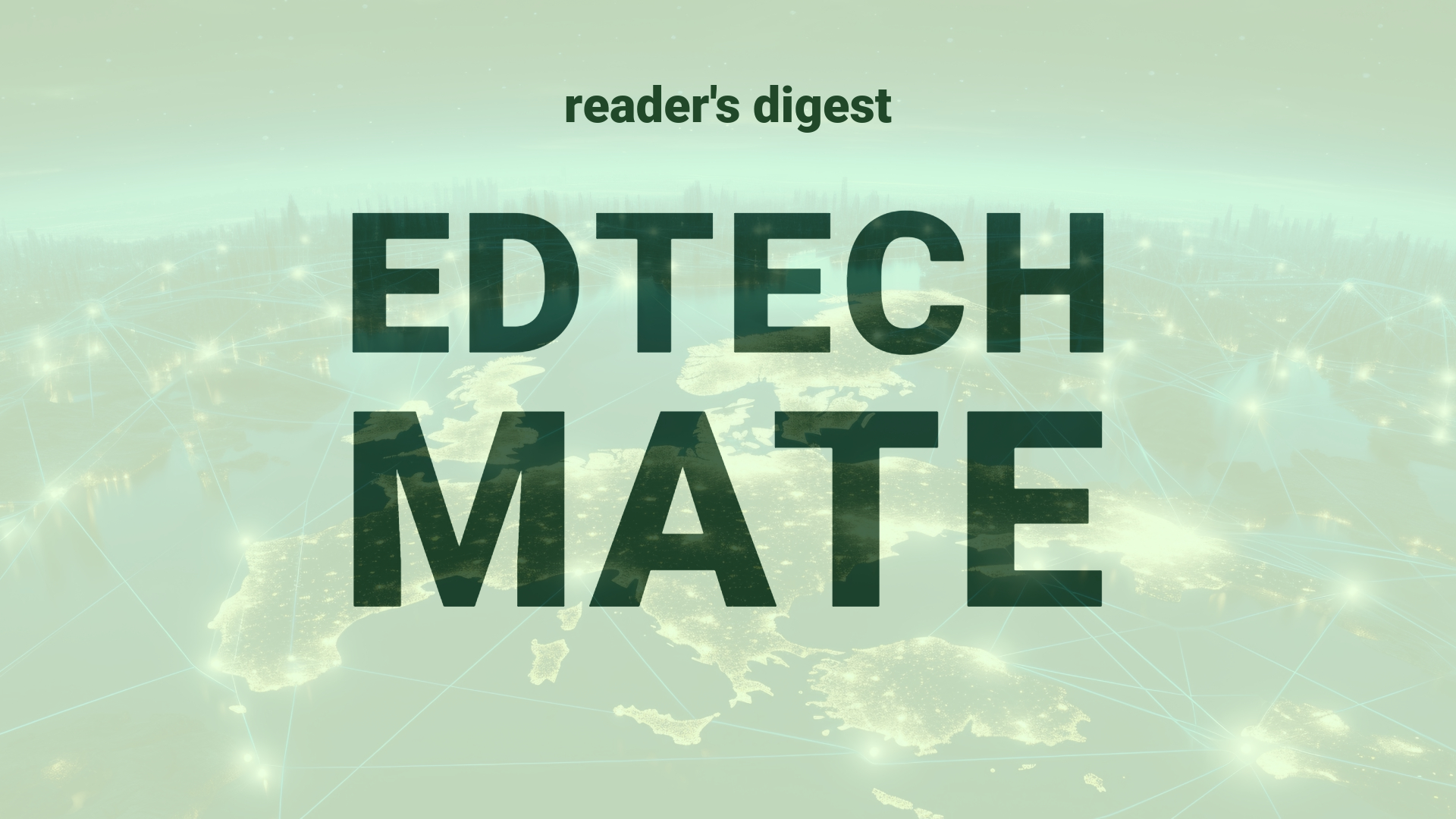Executive Summary and Main Points
Recent advancements in Azure Cosmos DB have incorporated DiskANN (Disk Accelerated Nearest Neighbors) to facilitate high-accuracy, efficient vector search at massive scale. This technology shift enables a transition from memory-intensive operations to disk-based storage solutions, greatly reducing compute dependency. By leveraging DiskANN, Azure Cosmos DB can now support high-speed similarity searches, real-time fraud detection, and robust multi-tenancy support. This integration is poised to benefit developers by allowing the building of scalable, AI-driven applications that are more cost-effective and operationally efficient. These innovations are particularly pertinent to the growing fields of intelligent information retrieval and generative AI, as exemplified by their usage in Microsoft 365 and Microsoft Bing.
Potential Impact in the Education Sector
The adoption of Azure Cosmos DB with DiskANN can significantly influence the education sector by enhancing system efficiency in Further Education (FE), Higher Education (HE) institutions, and Micro-credential platforms. It offers the potential for educational institutions to form strategic partnerships with technology providers, thereby enabling more sophisticated AI-driven applications for both administrative and academic purposes. Through the digitalization of these sectors, institutions can better manage large datasets, optimize content delivery, and personalize learning experiences for students. Moreover, the multi-tenancy aspect ensures data isolation which is critical for regulatory compliance within the sector, particularly with the handling of sensitive student and research data.
Potential Applicability in the Education Sector
Innovative applications of Azure Cosmos DB with DiskANN within global education systems are numerous. For example, intelligent search functionalities could enhance academic research databases, making it easier to find relevant studies and papers. In the realm of student services, AI-driven chatbots could provide real-time, accurate support and guidance. Additionally, anomaly detection could be used for securing educational platforms and identifying irregularities in student behavior or academic submissions, contributing to academic integrity. The scalability and cost-efficiency would enable educational institutions to support massive open online courses (MOOCs) and other extensive learning management systems efficiently.
Criticism and Potential Shortfalls
While the application of technologies such as DiskANN in Azure Cosmos DB presents massive potential, there remain questions around the real-world implementation, particularly in the education sector. As seen in comparative international case studies, different educational institutions vary in their readiness and capacity to adopt such technologies, potentially widening the digital divide. Furthermore, the ethical and cultural implications of deploying AI and large-scale data handling within education must be considered, ensuring that student data privacy is meticulously upheld and that the deployment of AI tools does not reinforce biases or reduce the educational experience to mere algorithmic determinations.
Actionable Recommendations
For international education leadership considering implementing technologies like Azure Cosmos DB with DiskANN, several practical steps can be taken. Evaluating current infrastructural capabilities and readiness for digital transformation is essential. Educational institutions could pilot projects focusing on areas like library systems, administrative processes, or student engagement platforms, which offer tangible benefits and lower risks. Developing partnerships with technology providers could facilitate necessary expertise and support. Additionally, leadership should establish frameworks for ethical data use and AI implementation, informed by global best practices, to navigate cultural sensitivities and regulatory compliance. Securing student data privacy while exploring these tools should be a foundational principle of any technology adoption strategy in education.
Source article: https://techcommunity.microsoft.com/t5/microsoft-mechanics-blog/vector-search-using-95-less-compute-diskann-with-azure-cosmos-db/ba-p/4162956

